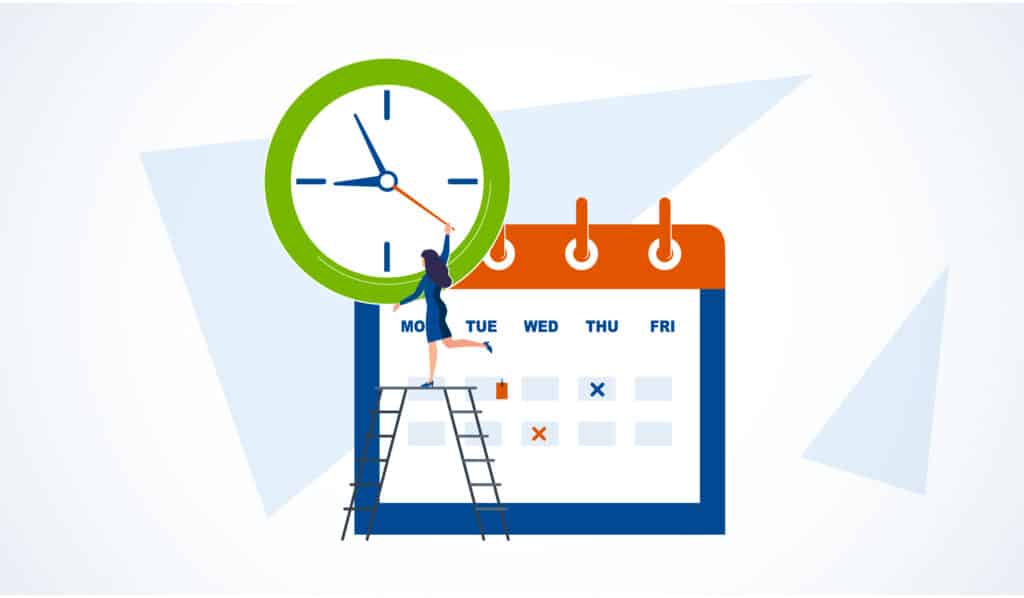
We talk a lot about patient satisfaction and how to ensure that the next patient who walks through your door leaves happy. But what if they don’t? Have you really helped them? We spoke to two different patients about their first audiology experiences and uncovered several mistakes that should not be done by an audiologist or practice. Note: names have been changed to protect their privacy.
Patient #1: Rocco

Rocco is in his mid-eighties and very healthy. He likes to take long walks, watches what he eats, even plays basketball with the men’s club from church twice a week. Rocco’s wife visits an ENT at least twice a year for cerumen removal and thought that because she can’t hear until her ears are cleaned out, that that must be Rocco’s problem as well. The otolaryngologist ran a few tests, didn’t find excess wax in Rocco’s ears, but decided to send him down the hall to the audiologist for a hearing test.
After a quick “hello,” the audiologist sent him into the booth. Afterward, the audiologist showed Rocco his audiogram and informed him he had “a significant problem” with his hearing. She then told him to “come back in six months for another test and we’ll see where we go from there.” Rocco learned nothing about his hearing loss or hearing aids. The audiologist simply handed him a copy of his audiogram and walked him out. Over a year later, Rocco still hasn’t gone back to the audiologist for another test. His family continues to struggle to communicate with him and vice versa.
What to do instead:
- Tell patients about yourself. You can’t expect patients to trust you if they don’t know who you are. A 30-second video introducing yourself, outlining your credentials, and explaining why you became an audiologist can go a long way in reassuring patients they’ve chosen the right person to trust with their hearing health. Be sure to have this information on your website as well. Share your WHY with patients—they want to hear from you! Prepare a quick statement as to why you do what you do and why they are in the right place.
- Educate them. Seize every opportunity to share your knowledge about hearing health and its importance on one’s overall wellness. The more you educate those who don’t know what you do, the more your business (and our industry) will benefit. Patients should know what to expect before they step foot in your office and definitely before you put them in the booth. Explaining the testing process and the audiogram in advance creates greater transparency not to mention easing the fears patients might have.
- Focus on the patient. No matter how busy your schedule might be, it’s crucial that you give each patient the time and attention they deserve. Making patient counseling a priority can result in greater patient satisfaction and better clinical outcomes. Encourage patients to share their stories by asking opened-ended questions during the intake interview. Knowing how hearing loss affects their lives and relationships will give you a better feel for their readiness and motivation for treatment. You can’t provide patient-centric care if you don’t understand each patient’s unique journey.
- Don’t pre-judge. Give every patient who is a candidate for hearing aids the opportunity to listen to or “demo” the technology. By educating patients and giving them a chance to listen to what’s new, you are empowering them to make the best decision for their hearing health. Don’t assume that a patient’s hearing loss “doesn’t seem bad enough” or that he/she “isn’t ready.” Instead, educate the patient so they can make the most informed decision.
Patient #2: Grace

Grace is a 94-year-old grandmother who’s been wearing hearing aids for more than two decades. She needed to upgrade her devices and called the practice she’d been going to for many years, but the phone was disconnected, and her granddaughter couldn’t find any information about them online anymore. Begrudgingly, Grace found a new practice and purchased new hearing aids, but the hearing aids are still not right and she’s not happy.
What to do instead:
- Keep in touch! Your relationship with a patient should never end after they leave your office, regardless of the outcome of their appointment. Following up with patients after their appointment will reduce the chances of them going elsewhere when it comes time to upgrade. In addition to scheduling a follow-up appointment two weeks after the fitting, we recommend our practices call the patient one to two days after the fitting to check-in and ask a positive question like “What’s the best thing you’ve heard with your new hearing aids?” to get immediate feedback, start a positive dialogue, and address any immediate issues/concerns. Also, this should go without saying, but if you move, someone buys your clinic, or you retire, you should notify your patients.
- Continue to educate. Even if a patient’s hearing aids are functioning properly, he/she may not be hearing at their best potential. Continue to invite your patients in for annual evaluations and consistently notify them of updates in hearing aid technology. Who knows—they may be ready for an upgrade before you realize! Another great way to use Vidscrip is to create a series of tutorial videos that educate patients on how to care for and get the most out of their new devices. Remember: a satisfied patient is a loyal one.
The CQ Development Programs offer ongoing professional growth opportunities for providers, including procedural best practices and increasing help rates.
Talk to your Account Manager to learn more!
About the Author

Julie Gesuale joined CQ Partners in 2010 and currently serves as an Assistant Account Manager in the company’s Hospital and University Division. Her diverse professional background includes customer service, marketing, and project management. When not working, Julie enjoys spending time with her wife of 15 years and her two rescue dogs, Sheldon and Leonard. She’s also been singing in church and community choirs for over 25 years.








